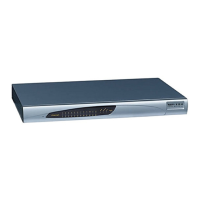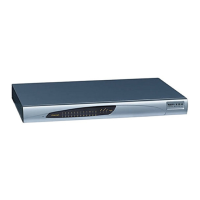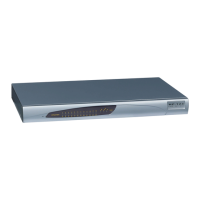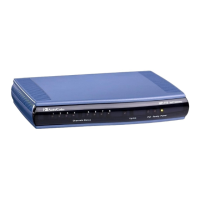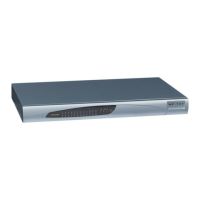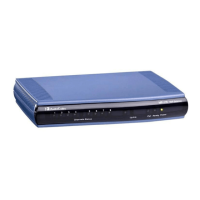SIP User's Manual 378 Document #: LTRT-65412
MP-11x & MP-124
Notation Description Example
[n1-m1,n2-
m2,a,b,c,n3-m3]
Represents a mixed notation
of multiple ranges and single
numbers.
Note: The ranges and the
single numbers must have
the same number of digits.
For example, each number
range and single number in
the dialing plan [123-
130,455,577,780-790]
consists of three digits.
[123-130,455,766,780-790]: represents
numbers 123 to 130, 455, 766, and 780 to 790.
x
Represents any single digit. -
Pound sign (#)
at the end of a
number
Represents the end of a
number.
54324xx#: represents a 7-digit number that
starts with 54324.
A single
asterisk (*)
Represents any number. *: represents any number (i.e., all numbers).
x[n,l]y
For a description, refer to the
text appearing after this table.
0[5,3]15
The device also supports a notation for adding a prefix where part of the prefix is first
extracted from a user-defined location in the original destination or source number. This
notation is entered in the 'Prefix to Add' field in the Number Manipulation tables:
x[n,l]y...
where,
x = any number of characters/digits to add at the beginning of the number (i.e. first
digits in the prefix).
[n,l] = defines the location in the original destination or source number where the digits
y are added:
• n = location (number of digits counted from the left of the number) of a specific
string in the original destination or source number.
• l = number of digits that this string includes.
y = prefix to add at the specified location.
For example, assume that you want to manipulate an incoming IP call with destination
number +5492028888888 (area code 202 and phone number 8888888) to the number
0202158888888. To perform such a manipulation, the following configuration is required in
the Number Manipulation table:
1. The following notation is used in the 'Prefix to Add' field:
0[5,3]15
where,
• 0 is the number to add at the beginning of the original destination number.
• [5,3] denotes a string that is located after (and including) the fifth character (i.e.,
the first '2' in the example) of the original destination number, and its length being
three digits (i.e., the area code 202, in the example).
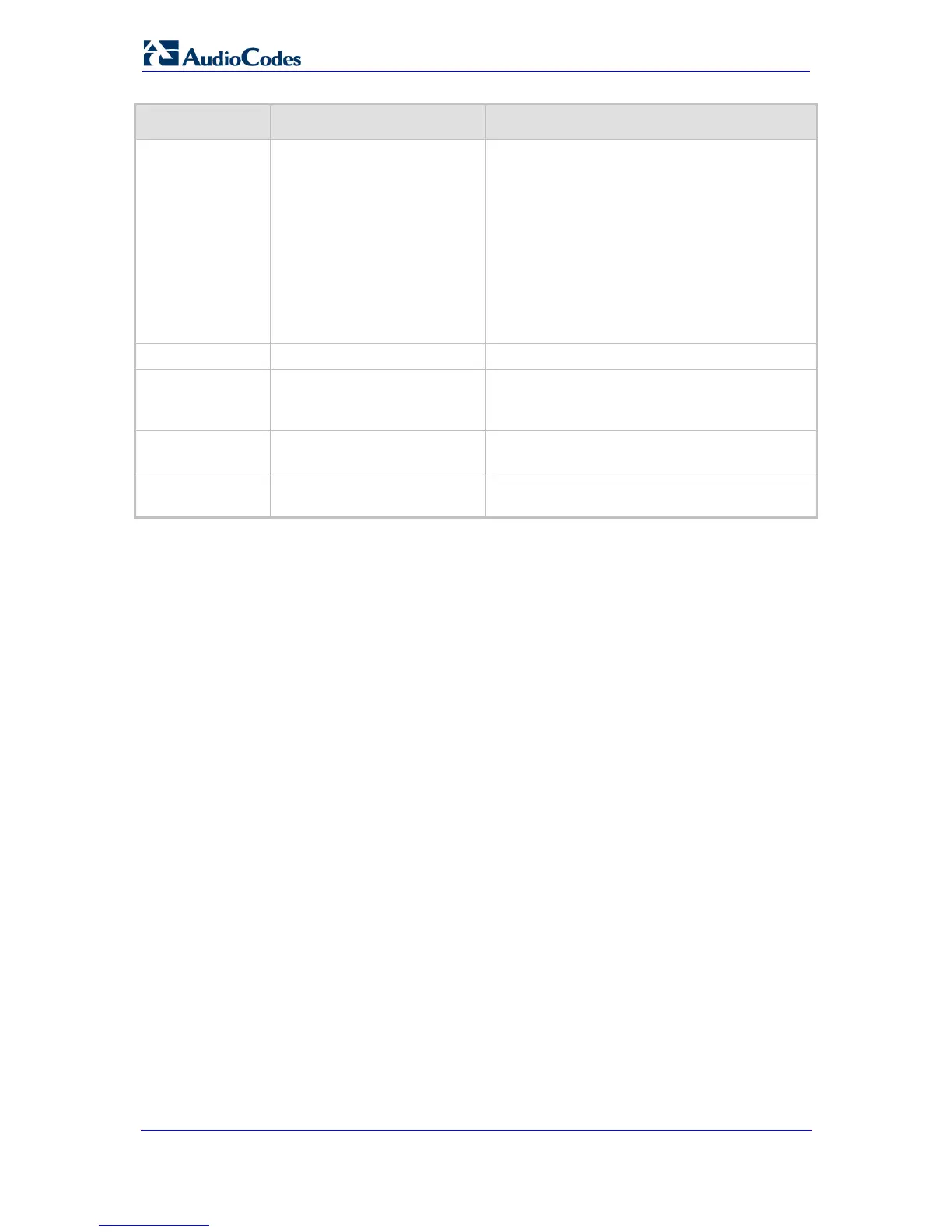